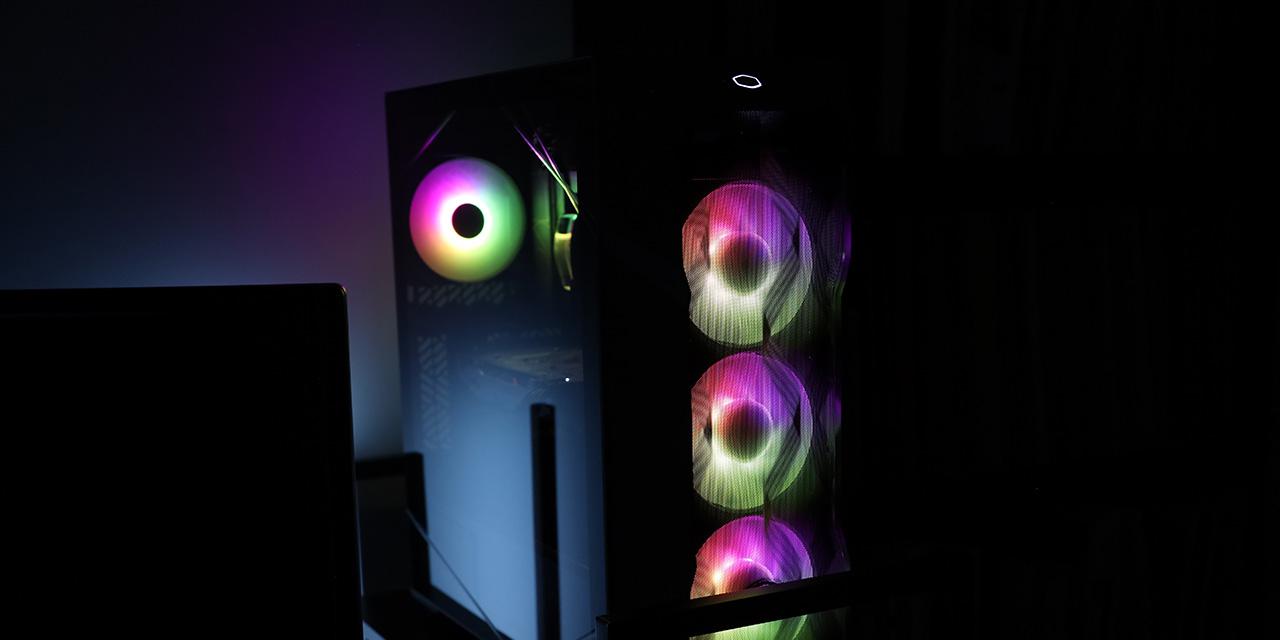|
From X-bit Labs: Approximately ten years ago Intel Corp. announced plans to unify building blocks for its Itanium and Xeon server platforms. Nowadays, both chips use similar core-logic sets and platforms have many similarities. On Thursday Intel announced further plans to unify its enterprise, mission critical and expandable server platforms and make Itanium and Xeon processors socket compatible. In 2010, Intel introduced its common platform strategy that allows Intel Itanium and Intel Xeon processors to utilize common platform ingredients including chipsets, interconnects and memory. This strategy gives Intel the ability to cascade the strength of Intel Itanium RAS features to benefit the Intel Xeon processor E7 family, and allows Intel Itanium to further extract the efficiencies and value of higher volume economics. For the next-generation Intel Itanium product family, code-named “Kittson”, Intel will employ an innovative model for Intel Itanium and Intel Xeon development called “Modular Development Model”. The model will extend the common platform strategy by sharing silicon-level design elements and socket compatibility. The result for Intel is an even more sustainable path to bring future Itanium processors to market. In addition, OEMs will be able to develop one single motherboard platform for both architectures. The plan to make Itanium and Xeon socket compatible has always been Intel’s secret de polichinelle and in the recent years the intention became obvious and natural as Intel started to incorporate technologies for mission-critical computing into Xeon enterprise/expandable platforms. Unification brings Intel and its partners a lot of benefits and greatly simplifies development of server platforms and catalyzes software makers to port their mission-critical software to x86 chips. On the other hand, unified platform will allow Intel to cost-efficiently develop new versions of Itanium provided that there is demand for such processors. Coincidentally, Hewlett-Packard today introduced its new Itanium-based server solutions with a bunch of new mission-critical features. The company said that “over time, these advancements will cascade to mission-critical x86 platforms delivering a single, unified infrastructure for UNIX, Windows Server and Linux environments”. All-in-all, Intel’s main platform with Itanium architecture fully supports the company’s unification initiative. View: Article @ Source Site |
 |
Intel’s Future Itanium and Xeon Chips Set to Be Socket-Compatible
© Since 2005 APH Networks Inc. All trademarks mentioned are the property of their respective owners.





